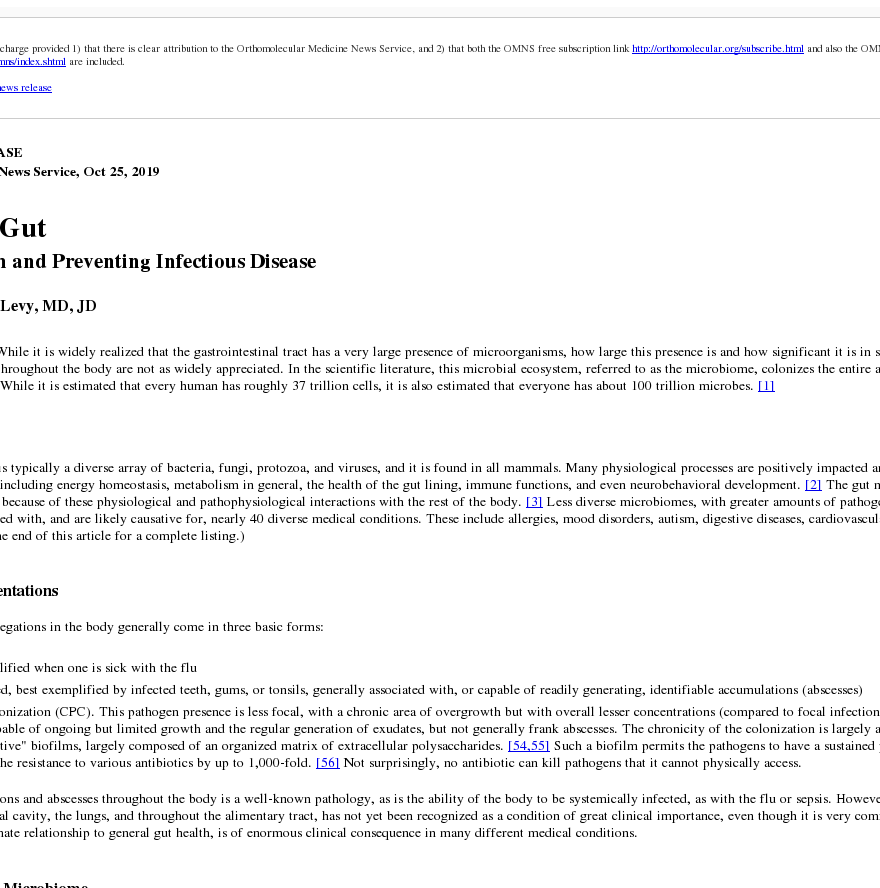25cc is too much for intramuscular use, there's risk of a sterile abscess. You could do 25cc subcutaneously though.
Subcutaneously, you can put up to 1000ml in practices like percutaneous hydrotomy and depending on the anatomical area covered (i.e. 1L subcutaneously for the entire vertebral column area through 24 subcutaneous needles). But intramuscular, I would not go beyond 12cc.
There is space for 12cc in all 10cc syringes. So 0.5cc up to 1 cc of DMSO and the rest physiological solution: total of 12cc of liquid.
Quinton is not a solution that is ideal for parenteral (intramuscular or subcutaneous) use because it has marine endotoxins. There are reported cases of sepsis. Even though these cases might have been immunocompromised patients, the warning is still valid.
If you are not sure about the differences between subcutaneous and intramuscular injections, I would get help from a health care provider.
I'll order the 10cc syringes and combine the DMSO with sterile water and start with 0.5cc of DMSO. Thanks Gaby!


